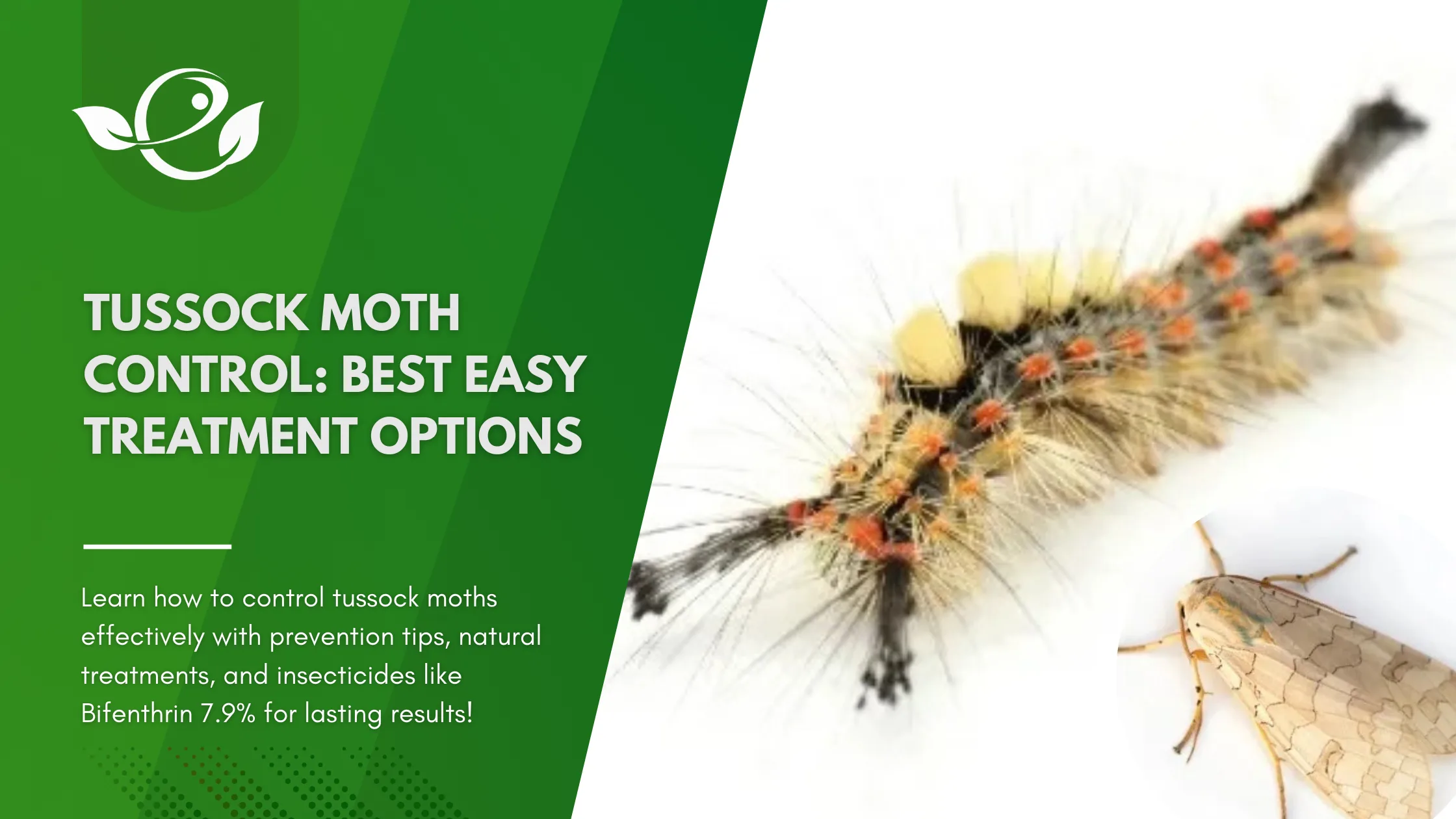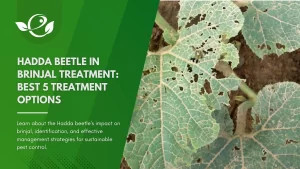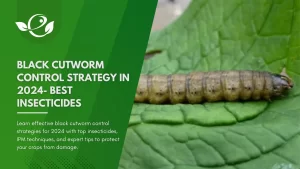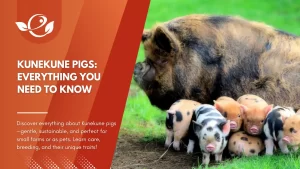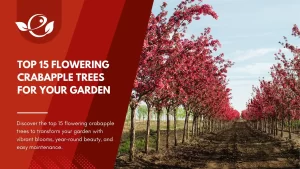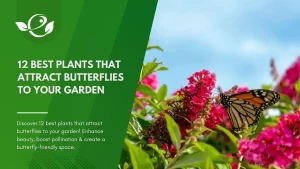Table of Contents
Tussock moths, known for their distinctive caterpillars with hairy tufts, are a significant pest for gardeners, farmers, and forestry managers alike. While these caterpillars might look unique, their feeding habits can lead to serious damage to a wide range of plants, from ornamentals in home gardens to valuable hardwoods and conifers in forests. As they munch through leaves, they weaken plants, making them susceptible to diseases, environmental stress, and, in severe cases, even death.
Understanding the biology, life cycle, and signs of tussock moth infestations is essential for effective control. With various treatment options available, including natural and chemical methods, as well as preventative strategies, it’s possible to manage tussock moth populations without relying solely on harmful pesticides. In this article, we’ll explore the best ways to identify, prevent, and treat tussock moth infestations, helping you protect your plants and maintain a healthy, balanced garden ecosystem.
Understanding Tussock Moths
What Are Tussock Moths?
Tussock moths belong to a group of moths with hairy caterpillars that feature tufts or “tussocks” along their bodies. These distinct caterpillars often display bright colors as a warning to predators. As adults, tussock moths are generally nondescript with muted wing colors, in stark contrast to their larvae. Their life cycle includes egg, larval, pupal, and adult stages, with the larvae causing the majority of the damage to plants.

- Scientific Classification: Order: Lepidoptera; Family: Lymantriidae.
- Appearance: The larvae have noticeable hair tufts along their backs, often in colors like red, yellow, and black. Adult moths are usually gray, brown, or white, with less distinctive markings.
Common Species of Tussock Moths
Each species of tussock moth targets specific types of vegetation, making it essential to know which species are common in your region. Here are three notable examples:
- White-Marked Tussock Moth (Orgyia leucostigma):
- Location: Primarily found in eastern North America.
- Host Plants: Prefers hardwoods, including oaks, maples, and willows.
- Damage Pattern: Known for widespread defoliation in deciduous trees.
- Douglas-Fir Tussock Moth (Orgyia pseudotsugata):
- Location: Western North America.
- Host Plants: Conifers, especially Douglas-fir and true firs.
- Damage Pattern: Causes significant damage to coniferous forests; large infestations may kill trees.
- Gypsy Moth (Lymantria dispar):
- Location: Found throughout North America, Europe, and Asia.
- Host Plants: Over 500 species, including oaks, birches, and aspens.
- Damage Pattern: Known for severe defoliation and one of the most destructive invasive pests in North America.

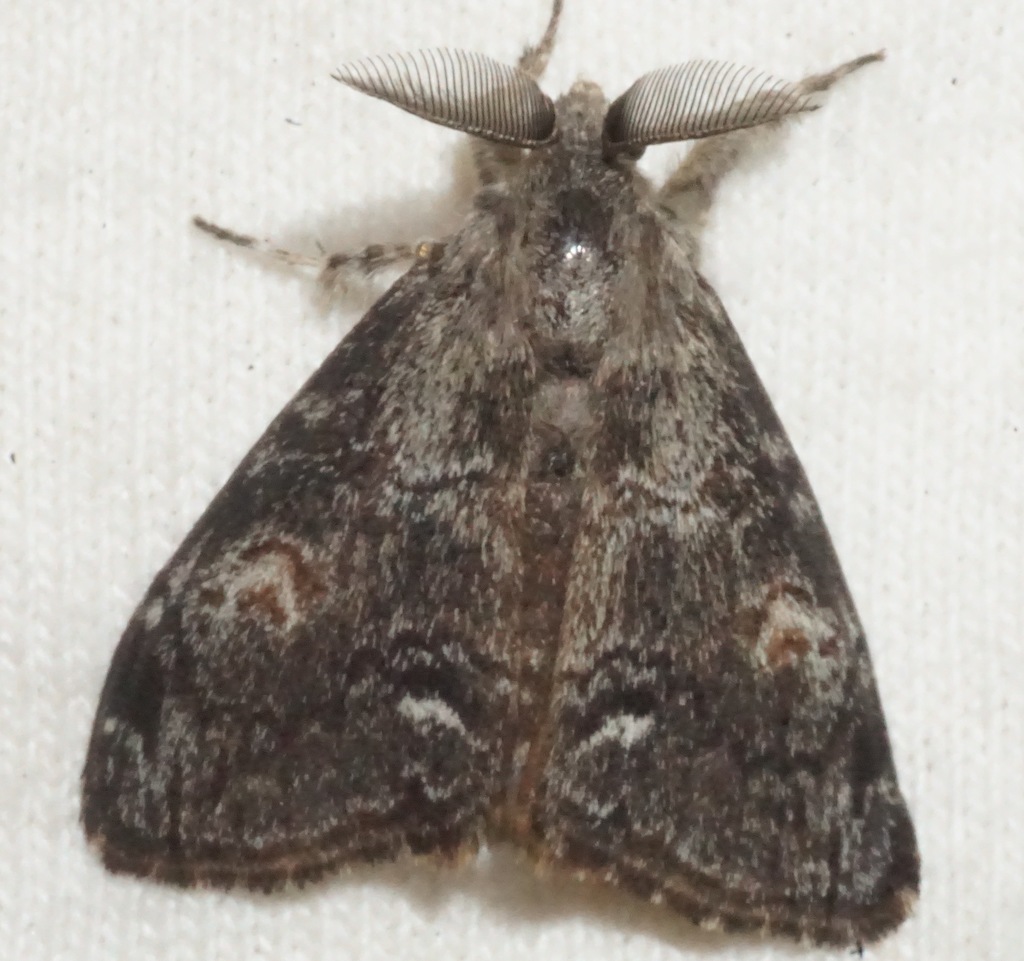

Life Cycle of Tussock Moths
Understanding the life cycle of tussock moths is key to targeting them effectively.
- Egg Stage: Female moths lay eggs on tree bark, leaves, or garden structures. Eggs overwinter, hatching in spring.
- Larval Stage: Caterpillars emerge in spring, feeding aggressively on foliage. This is the most destructive phase.
- Pupal Stage: After feeding, caterpillars pupate in sheltered areas. The pupa may attach to tree branches, leaves, or other surfaces.
- Adult Stage: Adult moths emerge from pupae, mate, and lay eggs to start the cycle again. Adults have a short lifespan and do not feed.
Signs of Tussock Moth Infestation
Identifying tussock moths early can prevent major infestations. Here’s how to spot them:
Visual Signs of Tussock Moth Caterpillars
Tussock moth caterpillars are visually striking and easy to identify:
- Hair Tufts: Most have distinct tufts along their backs and heads.
- Bright Colors: Often have colorful bodies with red, yellow, or black markings.
- Location: They’re commonly found on leaves, tree bark, or shrubs during the larval stage.
Foliage Damage
Tussock moth caterpillars feed on the leaves of trees and shrubs, leaving behind specific damage patterns:
- Chewed Leaves: Caterpillars chew on leaf edges and veins, often leaving a “skeletonized” appearance.
- Leaf Drop: Extensive feeding may lead to early leaf drop, affecting the tree’s overall health.
- Branch Dieback: In severe infestations, large branches or entire sections of the tree may die due to defoliation.
Frass and Webbing
- Frass (Caterpillar Droppings): Frass often accumulates below infested plants, providing another clue to their presence.
- Webbing or Silk: Tussock moth larvae may create silk or webbing, especially on conifers, where they congregate in groups.
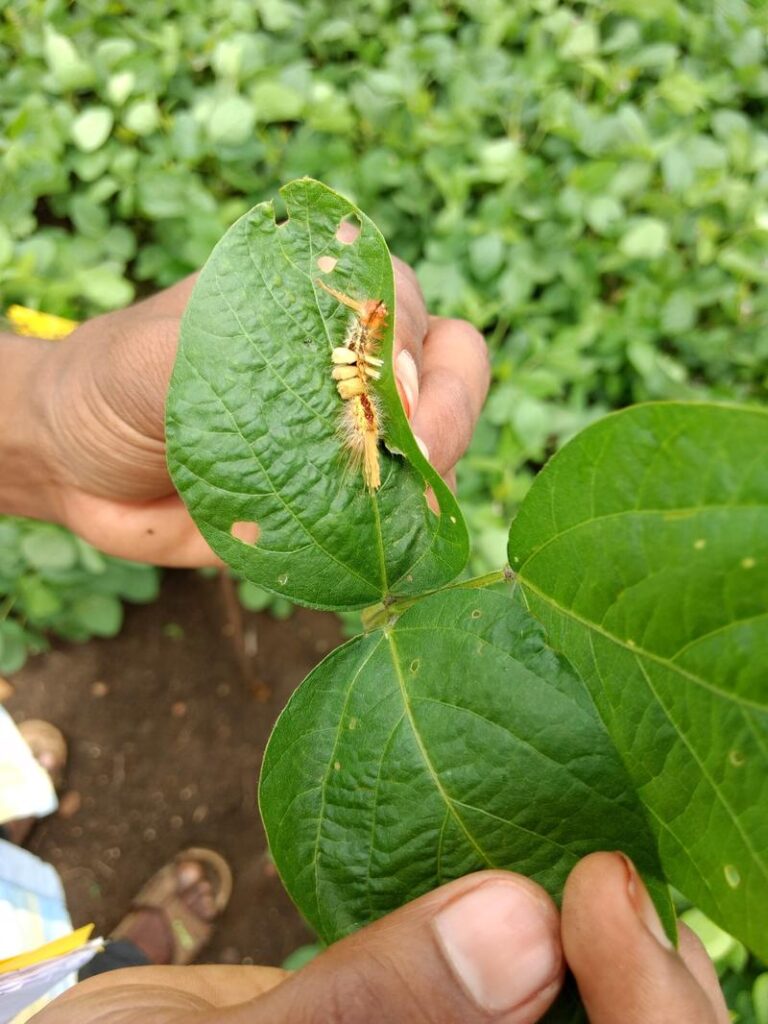
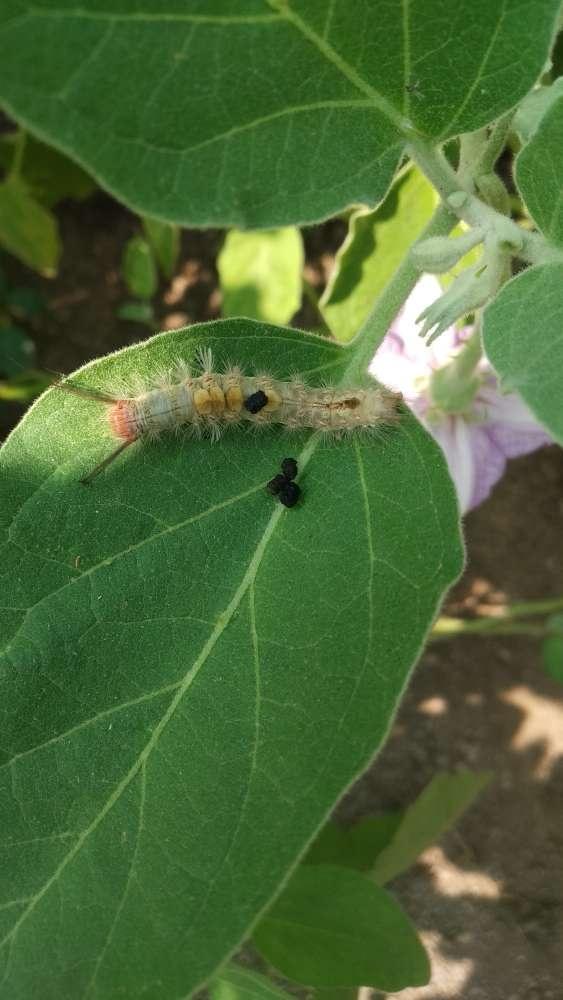
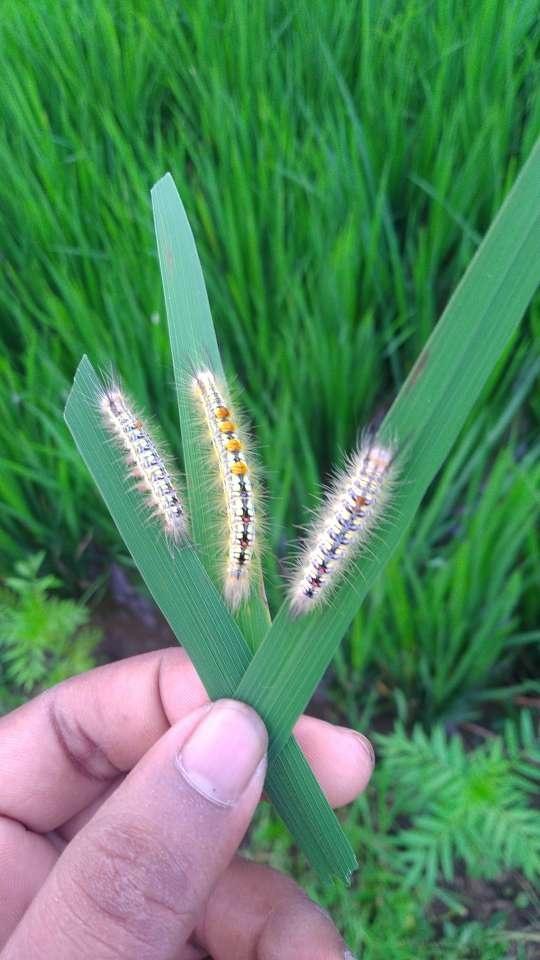
Prevention Strategies for Tussock Moths
Regular Monitoring and Inspection
Early detection can prevent larger infestations. Here’s how to monitor for tussock moths:
- Inspect Trees and Shrubs Regularly: Look for larvae, eggs, or damage on foliage in early spring.
- Check High-Risk Plants: Focus on plants known to be affected by tussock moths, like oaks, maples, and firs.
Encourage Natural Predators
Building a diverse garden ecosystem can keep tussock moth populations in check. Here are some ways to attract natural predators:
- Birds: Attract birds with birdbaths, feeders, and native shrubs; many birds feed on caterpillars.
- Parasitic Wasps: Parasitic wasps lay eggs in caterpillar bodies. Plant flowers like dill, fennel, and daisies to attract them.
- Ground Beetles and Spiders: Both ground beetles and spiders feed on caterpillars. Mulch and avoid pesticides to maintain their populations.
Garden Hygiene
Removing potential breeding grounds and overwintering sites reduces the risk of infestation:
- Remove Plant Debris: Clear fallen leaves and twigs in autumn to eliminate overwintering eggs.
- Prune Damaged Branches: Regular pruning helps reduce areas where caterpillars can shelter.
- Dispose of Infested Material: Burn or bag and dispose of infested plant material away from the garden.
Physical Barriers and Traps
Traps can catch caterpillars as they move from the ground to the canopy, helping prevent damage:
- Sticky Bands: Wrap sticky bands around tree trunks to catch climbing caterpillars.
- Light Traps: Light traps can be effective at attracting adult moths and preventing them from laying eggs.
Easy Treatment Options for Tussock Moth Control
Organic and Natural Treatments
Handpicking Caterpillars
- Wear Gloves: Caterpillar hairs can irritate skin.
- Soapy Water Bucket: Drop caterpillars into soapy water to ensure they are killed.
Neem Oil Spray
- How to Use: Mix neem oil with water according to the label and spray directly on infested plants.
- Frequency: Apply every 7–10 days until the infestation is under control.
Bacillus thuringiensis (Bt)
Bacillus thuringiensis can be used to get rid of the tussock moth bugs, especially when they are still young. Bt only kills caterpillars that feed on sprayed foliage and a second application is recommended after 7 to 10 days due to its short life after application. Spinosad is also effective but can harm bees and natural enemies. It is toxic to bees for several hours after drying. Spinosad should not be applied to flowering plants.
- Application: Spray Bt on leaves in the early stages of caterpillar growth.
- Effectiveness: Bt works best on young caterpillars and has little to no residual impact.
Chemical Control Options
Tussock moth infestations are typically controlled by natural enemies, so using insecticides is not usually necessary unless the plants are young and show problems in growth. If there is heavy defoliation, chemical control may be the only solution. It is important to find which kinds of pesticides are allowed for this use in your region. Some active ingredients for controlling tussock moths include Chlorantraniliprole, Methoxyfenozide, and Phosmet. Note that sprays used to control other spring caterpillar problems may also control tussock moths.
Bifenthrin 7.9%: Bifenthrin 7.9% is a synthetic pyrethroid insecticide commonly used for controlling various pests, including tussock moth caterpillars. It acts as a contact and stomach poison, meaning it affects pests both by direct contact and ingestion, which makes it particularly effective against caterpillars that feed on treated foliage.
How Bifenthrin 7.9% Works Against Tussock Moths
- Mode of Action: Bifenthrin disrupts the nervous system of insects, leading to paralysis and death. When applied, it creates a protective barrier on plant surfaces that kills caterpillars on contact or shortly after ingestion.
- Residual Effect: Bifenthrin remains effective on surfaces for weeks, providing ongoing protection against tussock moth larvae and preventing future infestations.
Insecticidal Soaps: Insecticidal soaps target soft-bodied insects and caterpillars by dissolving their outer layers:
- Application: Spray directly on larvae, focusing on leaf undersides.
- Precautions: Avoid spraying during hot temperatures to prevent plant damage.
Long-Term Management and Prevention
Integrated Pest Management (IPM)
IPM combines different control methods to reduce pest populations sustainably:
- Biological Control: Introduce or protect natural predators like parasitic wasps.
- Cultural Control: Regular maintenance, such as pruning and sanitation, to discourage pests.
- Chemical Control: Use insecticides as a last resort, focusing on selective and low-toxicity options.
Healthy Plant Maintenance
Healthy plants are more resilient to pest pressures. Regular watering, fertilization, and mulching help strengthen plants against infestations. Avoid over-fertilizing with nitrogen, as it can encourage excessive leaf growth that attracts pests.
Seasonal Maintenance Tasks
Carry out seasonal tasks, like fall cleanup and spring inspections, to prevent tussock moths from overwintering in your garden. Remove and dispose of any affected foliage and debris to reduce the likelihood of eggs and larvae carrying over into the next season.
- Spring: Inspect trees and plants for egg masses and remove them.
- Summer: Regularly monitor for caterpillar activity, particularly in high-risk species.
- Fall: Clear debris to remove overwintering sites.
Additional Tips for Effective Tussock Moth Control
Companion Planting
Certain plants can repel tussock moths or attract beneficial insects:
- Marigolds and Chrysanthemums: Known for their insect-repelling properties.
- Dill and Fennel: Attract parasitic wasps that prey on caterpillars.
Weather Considerations
Weather can affect tussock moth populations:
- Warm, Dry Springs: Encourage high tussock moth numbers, so be extra vigilant.
- Cold, Wet Winters: Often reduce overwintering success, decreasing populations.
Conclusion
Controlling tussock moth populations requires a proactive, integrated approach. By regularly inspecting your plants, identifying early signs of infestation, and implementing both natural and targeted treatments, you can keep these pests in check. Prevention plays a crucial role, as a well-maintained garden and the presence of natural predators reduce the likelihood of major infestations. When necessary, using eco-friendly products like neem oil or Bacillus thuringiensis (Bt) helps manage caterpillar outbreaks while minimizing impact on the environment and beneficial insects.
With the guidance provided here, you’re now equipped to tackle tussock moth challenges in your garden or landscape. By combining these control strategies and remaining vigilant, you can protect your plants from these persistent pests and foster a thriving, resilient environment for your garden plants and local wildlife alike.
Related Contents:
- How to control tobacco caterpillars: Best 5 insecticides
- How to Control Chilli Thrips: Best 5 insecticide
- How to Get Rid of Thrips: Best 10 insecticide for thrips
FAQ
1. Are tussock moth caterpillars dangerous to humans?
Yes, tussock moth caterpillars can cause skin irritation or allergic reactions due to the tiny hairs on their bodies. These hairs can embed into the skin, causing itching, rashes, or even more severe allergic responses in sensitive individuals. Always wear gloves when handling them.
2. Do tussock moth caterpillars affect indoor plants?
Tussock moth caterpillars primarily target outdoor vegetation, especially trees and shrubs. However, they are unlikely to infest indoor plants unless they are brought inside inadvertently.
3. Can tussock moth infestations kill trees?
Severe infestations can defoliate trees entirely, weakening them over time. While healthy trees may recover, repeated defoliation can make them vulnerable to diseases and environmental stress, potentially leading to their decline or death.
4. When is the best time to control tussock moths?
The best time to control tussock moths is in early spring when eggs are hatching, and caterpillars are young. Early intervention prevents extensive damage to foliage.
5. What are natural predators of tussock moths?
Tussock moths have several natural enemies, including:
-Birds such as chickadees and warblers.
-Parasitic wasps that target caterpillars and pupae.
-Ground beetles and spiders, which prey on larvae.
Encouraging these predators in your garden can naturally reduce tussock moth populations.
6. Is Bifenthrin 7.9% safe for beneficial insects?
Bifenthrin is highly effective against pests but can harm beneficial insects like bees, butterflies, and ladybugs. To minimize impact, apply it during early morning or late evening when pollinators are less active and avoid spraying flowers directly.
7. How can I identify tussock moth eggs?
Tussock moth eggs are small, round, and laid in clusters, often covered with a frothy or hairy coating left by the female moth. They are typically found on tree bark, undersides of leaves, or even garden furniture.
8. Can I use homemade sprays for tussock moth control?
Yes, homemade solutions like a mix of dish soap and water can be effective against small infestations. Spray directly on caterpillars to suffocate them. However, for larger outbreaks, consider professional treatments or commercial insecticides.
9. How do I know if my tussock moth problem is severe enough to require professional help?
If your plants are experiencing widespread defoliation, or if natural and DIY methods aren’t controlling the infestation, it may be time to consult a pest management professional. They can provide targeted solutions and prevent further damage.
